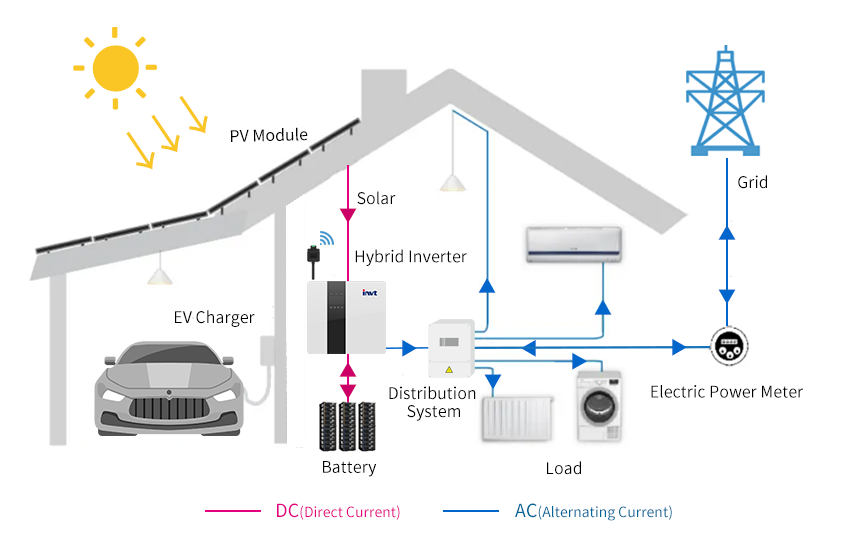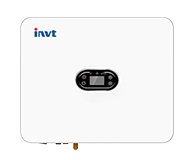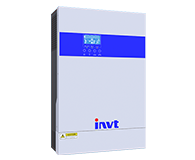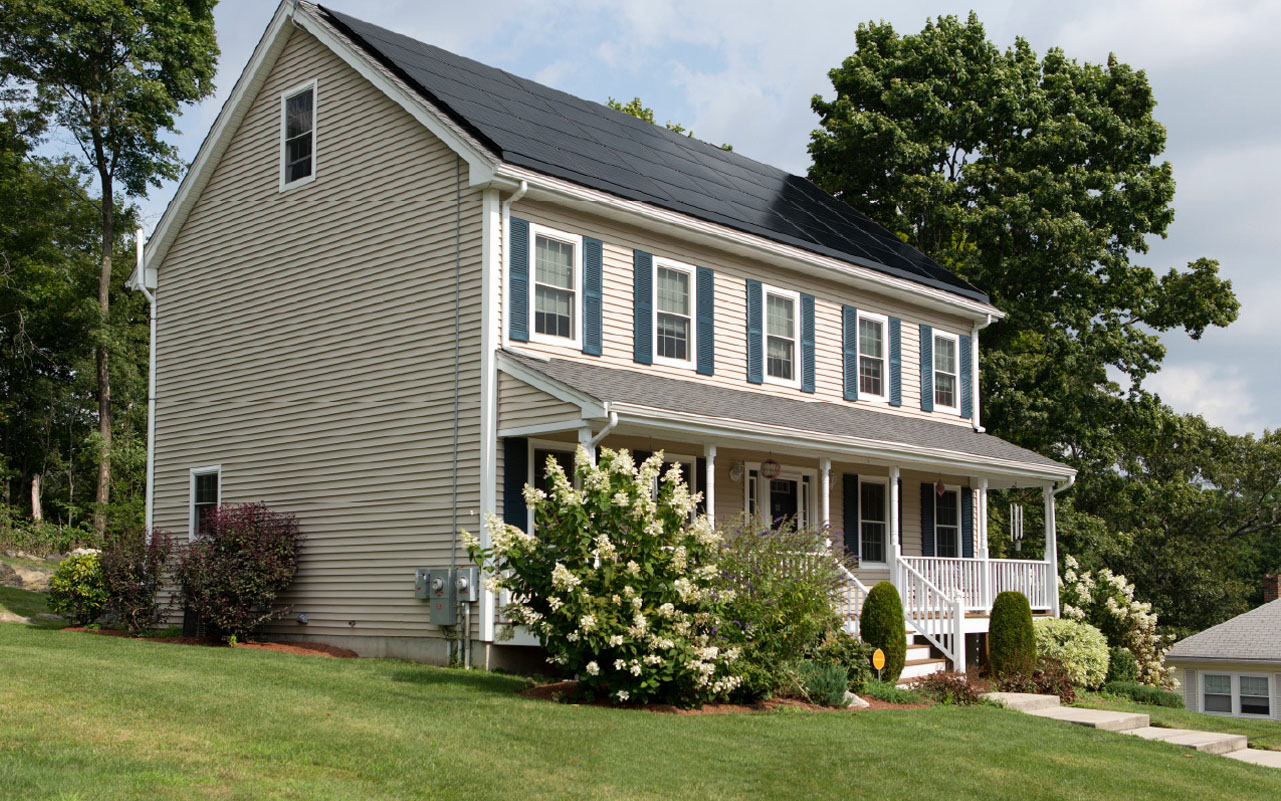Household PV&ESS AC Coupled Solution
Energy and climate issues have become a huge challenge to humankind as global climate change aggravates and traditional energy sources are exhausted. Currently, the world is vigorously developing a new energy industry, and photovoltaic is taking the lead with its exclusive advantages and rapidly growing in the share of renewable energy installations. The penetration rate has been increasing with the large number of accesses to unstable new energy, which brings huge challenges to the power system. The power system transient, steady state, frequency, and other power quality problems face many challenges from the traditional one-way energy flow to the two-way energy flow. The four major links of generation, transmission, transformation, and distribution of traditional electrical systems have been broken and lack flexibility. Therefore, in order to solve this problem, the energy storage industry has ushered in a historic opportunity for rapid development, and today we will talk about the residential PV and energy storage system(ESS).

PV & ESS solution is composed of PV modules, energy storage inverters, batteries, and distribution boxes (The weak areas of the power system or areas where power return is not allowed to involve anti-reverse settings.). The PV part belongs to DC energy, which plays a role in power generation in the generation, transmission, transformation, and distribution of energy network. Energy storage inverter is the core equipment of a solar energy system, which plays a role in power generation in the generation, transmission, transformation, and distribution of the energy networks. The energy storage inverter stores the DC generated by the PV in the battery through the rectifying circuit and inverts the excess power of the battery into AC for the load to use or send to the grid.
For residential PV&ESS solution, it is an energy supply system scenario built for a household, which is independently controlled by the inverter's internal hardware embedded to charge and discharge the energy storage battery cycle. The combination of a household energy storage system and PV power generation forms a household PV and energy storage system. From users, the system can eliminate the negative effects of power outages in life while reducing electricity bills; In the future, for the Grid, household energy storage devices that support unified dispatch can alleviate the power shortage during peak hours and provide auxiliary means such as frequency correction for the grid.
According to the different coupling methods of PV and energy storage systems, it is divided into DC coupled system and AC coupled system:
The convergence point of DC coupled system energy is at the DC battery. The DC power from the PV modules is stored in the battery bank through the inverter's internal MPPT controller. The battery will release power when there is a demand from the appliance load, and the current level is determined by the load.
AC couple system consists of a PV power supply system and a battery-powered system consisting of bidirectional converters(hybrid inverter), which is equivalent to two systems. PV module and grid-tied inverter constitute a set of PV system, and bidirectional converter and battery constitute a set of energy storage system. The DC generated by the PV module is converted into AC through the inverter, directly to the load or sent to the grid, and the grid can also charge the battery through the bidirectional DC-AC converter. The point of energy convergence is on the AC side. The two systems can operate independently without interfering with each other, or they can be separated from the large power grid to form a micro-grid system.
Features of AC coupled system:
①The system requires the addition of equipment such as PV grid-tied inverters, so the cost of equipment and installation is higher than DC couple system.
②AC coupled system, PV modules, PV inverters, bidirectional converters, and batteries can be operated in parallel or independently, which is more flexible. Therefore, the AC coupled solution is more oriented to the stock market and is more suitable for the existing PV new energy storage.
③ AC coupled system applies to large power storage scenarios compared to the DC coupled system, which makes a higher advantage of it in high power scenarios.
INVTSolar’s BD3-6kW-RL1 hybrid inverter supports AC couple function and input power source priority can be set by users; support automatic battery switch and export control (Zero export); support diesel generator as input source; intelligent BMS management; compatible with lead-acid and lithium-ion batteries. Flexible configurations can be perfectly matched to customer needs.











